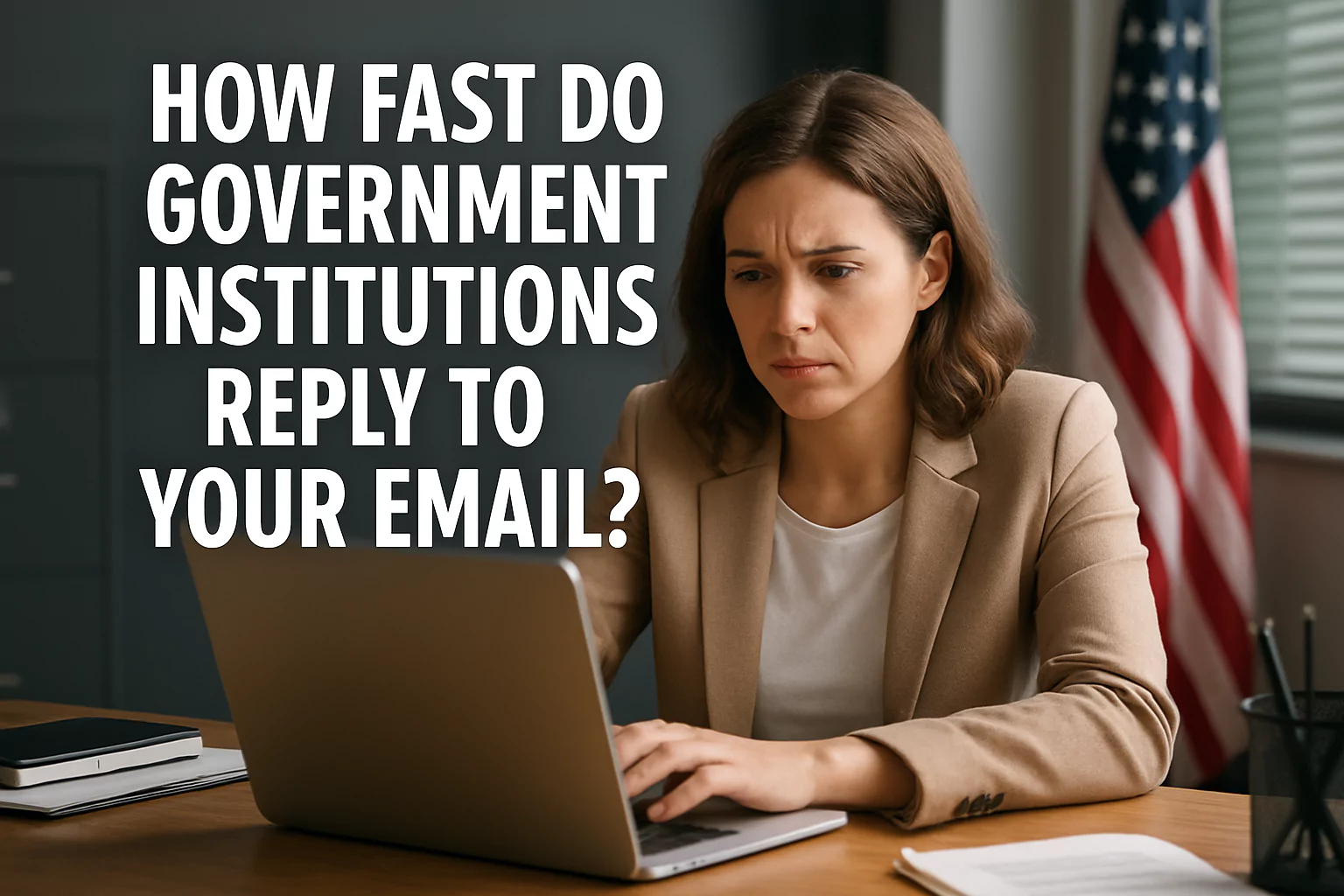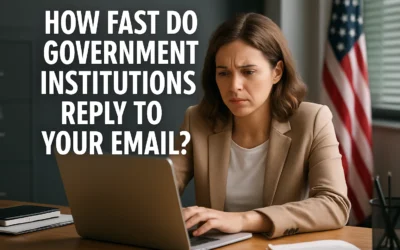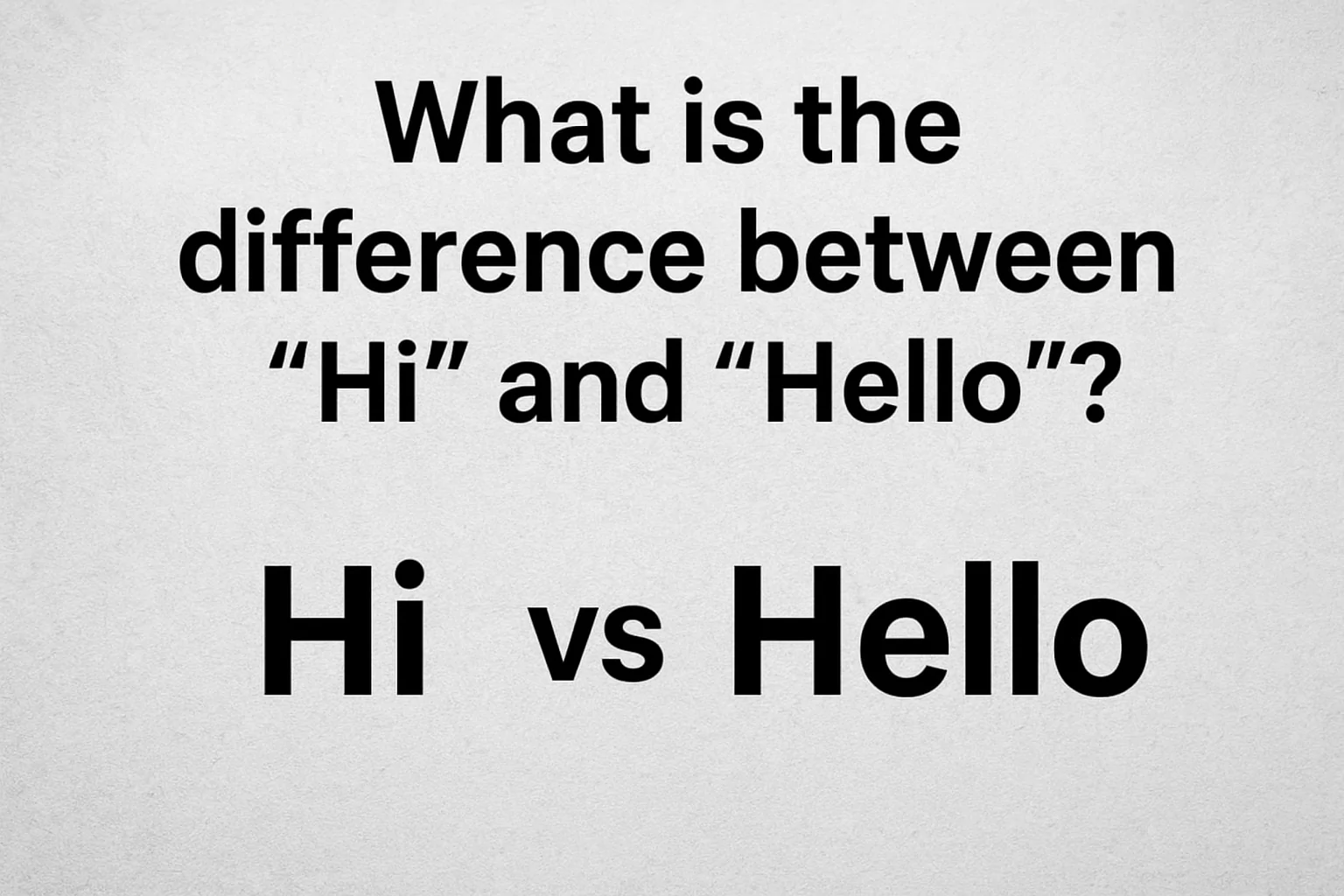How Fast Do Government Institutions Reply to Your Email?

Government institutions usually take anywhere from 2 days to several weeks to reply to your email, depending on the nature of your query, the department you’re contacting, and their internal processing system. While some departments respond promptly within 48–72 hours, others may take longer due to verification procedures, workload, or bureaucratic processes. If you need a quicker response, following up or using official helplines alongside email can often speed things up.
Why Government Email Response Times Vary
Unlike private companies, government institutions handle a wide range of requests, many of which require official verification and multiple levels of approval. Some of the main reasons for variation in email response time include:
- Type of request – General inquiries may get faster replies than formal complaints or document-related requests.
- Department workload – During peak times (e.g., tax season, election periods), replies are often delayed.
- Verification process – Sensitive cases like passport issues, licenses, or financial matters may involve multiple checks.
- Communication channel – Emails often take longer than phone calls or online portals designed for specific services.
Average Response Times by Department
Here’s a general idea of how fast different government institutions might reply:
- Tax Departments (Income Tax, IRS, etc.): 3–7 working days.
- Passport/Immigration Offices: 7–15 working days, sometimes longer.
- Local Municipal Offices: 2–10 working days.
- Public Service Commissions/Recruitment Boards: 10–20 working days.
- Embassies and Consulates: 5–15 working days depending on urgency.
- Consumer Grievance Cells: 7–30 working days, depending on the issue.
Note: These are average timelines and may vary by country, region, and specific office efficiency.
How to Improve Your Chances of a Faster Reply
While you cannot always control the speed of government replies, there are strategies to help you get noticed faster:
1. Write a Clear and Concise Subject Line
Use keywords like Request for Information, Application Status Update, or Urgent Complaint. A precise subject line helps staff quickly route your email to the right department.
2. Include All Necessary Details
Provide your full name, ID or reference number, and supporting documents in the first email itself. Missing details often cause delays because staff need to request additional information.
3. Use the Official Email Address
Always send emails to the official government domain (e.g., .gov, .nic, .org). Messages sent to unofficial addresses may be ignored or delayed.
4. Follow Up Professionally
If you don’t hear back within the expected timeframe, send a polite follow-up email after 7–10 working days. Avoid sending multiple emails every day, as this can slow down processing.
5. Check Online Portals
Many government agencies now provide online dashboards where you can track the status of your request. This can save you from waiting for an email reply.
Why Some Emails Go Unanswered
Unfortunately, not all emails receive replies. Common reasons include:
- Email sent to the wrong department.
- Lack of required reference numbers or supporting documents.
- Spam filters blocking your email.
- High volume of requests with limited staff to handle them.
- Policy of the department to respond only via official portals rather than email.
Alternatives to Email Communication
If your matter is urgent, relying solely on email might not be the best option. Other alternatives include:
- Phone helplines – Many government offices have dedicated toll-free numbers.
- In-person visits – Direct visits often get faster resolutions, especially for local matters.
- RTI (Right to Information) applications – In some countries, filing an RTI ensures a time-bound response.
- Official mobile apps – Some agencies have mobile applications for quicker status updates.
Real-World Examples of Email Response Times
- Passport Application Queries – In many countries, emails to passport offices receive replies within 7–10 business days, but urgent travel cases may be prioritized.
- Tax-Related Queries – Income tax or IRS emails are usually answered within a week, but during filing season, delays of 2–3 weeks are common.
- Municipal Complaints – Local government emails regarding sanitation, road repair, or water supply may take 2–5 days if the issue is straightforward.
- Embassy Services – Emails to embassies often depend on urgency. For example, visa inquiries may take 5–15 days, but emergency travel documents may be handled in 24–48 hours.
Tips for Tracking Your Government Email
- Request an acknowledgment – Some departments send an automatic acknowledgment when your email is received.
- Note down ticket/reference numbers – These help when following up through other channels.
- Keep copies of sent emails – Useful if you need to escalate the matter later.
- Check your spam folder – Sometimes replies end up in junk mail.
Final Thoughts
So, how fast do government institutions reply to your email? On average, expect a reply within 3–15 working days, but the exact time depends on the department, the complexity of your request, and their current workload. If your matter is urgent, don’t rely only on email—use phone calls, online portals, or in-person visits for faster results.
The key is to write a clear, well-documented email and be patient. Government institutions may not always be the fastest, but following the right communication practices can increase your chances of getting a timely response.








